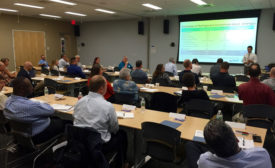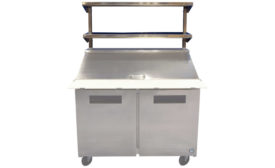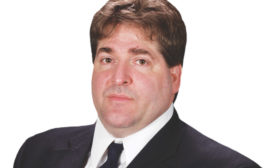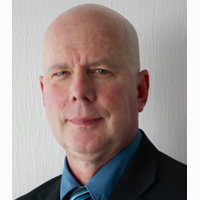Refrigeration
Primarily driven by rising number of hypermarkets, specialty food stores, and supermarkets across the globe
Read More
Natural Refrigerant Workshop Unites Supermarkets, Utilities
Utility incentives discussed to accelerate adoption of natural refrigerant technologies
August 15, 2016
Worthington Announces Price Increase on Refrigerant Cylinders
Company said steel material prices have increased significantly over the past several months
August 11, 2016
Appeals Court Denies AHRI Petition Regarding Commercial Refrigeration Standards
Court defers to decision-making authority of DOE
August 9, 2016
Innovative Refrigeration Systems to Add 100 New Jobs
Has grown to a nationwide company in the cold storage and food processing industry
August 8, 2016
Condensing Unit Market Worth $23.31 Billion by 2021
High demand for condensing units from the commercial refrigeration industry
August 8, 2016
The Professor: Don’t Forget About Water as a Refrigerant
From vapor compression to evaporative cooling, R-718 is still a viable option
Read More
Ice Breaker: Do It Right — Clean, Dry, and Tight
Those three words will keep your refrigeration systems humming a happy tune
Read More
How to Manage an OSHA Inspection, Part 2
What you’ll need to handle OSHA’s visit: a team and a plan
Read More
Copyright ©2024. All Rights Reserved BNP Media.
Design, CMS, Hosting & Web Development :: ePublishing






